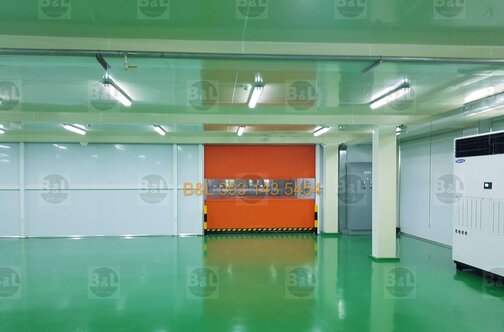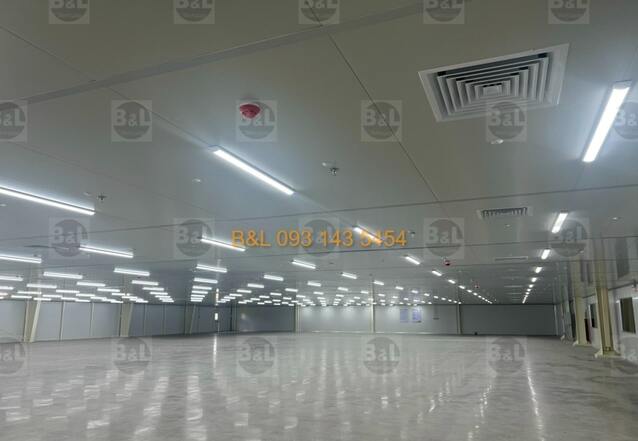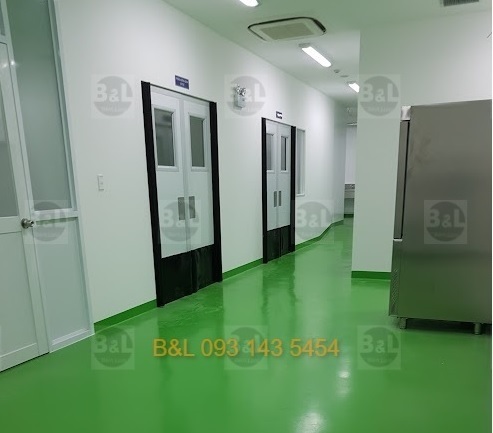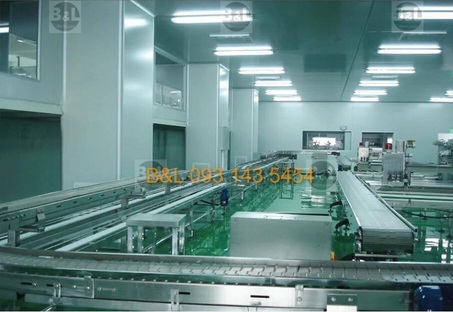A veterinary medicine cleanroom is a highly controlled environment where airborne particles, microorganisms, temperature, humidity, and pressure are strictly regulated. It is designed to meet cleanroom standards such as ISO 14644, WHO GMP, or EU GMP. This is a mandatory space used in the research and manufacturing of veterinary drugs, ensuring product quality and absolute safety.

To ensure effective and safe veterinary drug production, cleanrooms must comply with the following standards:
ISO 14644: International standard for cleanroom air cleanliness classification.
FED STD 209E: Former U.S. standard, still referenced despite being outdated.
GMP (Good Manufacturing Practice): Guidelines for proper manufacturing practices, especially critical in the pharmaceutical industry.
In Vietnam, veterinary drug manufacturers must comply with WHO GMP, issued by the World Health Organization. In developed regions like Europe, veterinary pharmaceutical factories often follow EU GMP, which is equivalent to human pharmaceutical production standards.

To obtain a license for veterinary drug production, companies must meet the following conditions:
A valid business registration certificate.
Infrastructure: Workshops, warehouses, and production zones must be adequately sized and safe for humans, animals, and the environment.
Fully equipped with production and quality control equipment tailored to each drug type.
An effective wastewater and waste treatment system that meets veterinary hygiene and environmental standards.
Personnel: Managers and drug analysts must hold veterinary practice certificates; production staff must be professionally trained.
An official GMP certification issued by a competent authority.

Applying WHO GMP standards in veterinary drug manufacturing brings multiple benefits:
Enhanced product quality through tightly controlled production processes.
Complete control over equipment and technology, ensuring high performance and minimal errors.
Optimized investment costs, reduced material waste, and fewer defective products.
Improved workforce competency, fostering a professional working culture.
Compliance with legal and international standards, facilitating market expansion and export opportunities.
Increased brand credibility and trust from customers and regulatory bodies.
To build a WHO GMP-certified veterinary drug factory, businesses should follow these steps:
Consult and prepare a GMP factory investment report.
Select suitable technologies and equipment for production and testing.
Design architectural and M&E (mechanical & electrical) drawings according to cleanroom standards.
Supervise construction and equipment installation in accordance with the plan and standards.
Train personnel in GMP practices before commissioning.
Prepare documentation for initial GMP assessment or scheduled re-assessment.

Contact us now for expert consultation and optimized solutions:
BACH LONG PRODUCTION TRADING SERVICE CO., LTD
Office Address: 75 Nguyen Hong Street, Ward 1, Go Vap District, Ho Chi Minh City
Hotline: 093 143 54 54
Email: sales@congnghelockhi.vn
Website: www.congnghelockhi.vn – www.congnghelockhi.com